King Tu Duc’s tomb (also known as Khiem Lang) is a historical relic in the complex of Hue monuments. This is the burial place of King Tu Duc (Nguyen Phuc Hong Nham), the 4th emperor of the Nguyen Dynasty, who reigned for 36 years since 1847. He was the longest-reigning king of the Nguyen Dynasty.
Mausoleum of emperor Tu Duc is considered one of the four most beautiful mausoleums in Hue, the old capital. It was recognized by UNESCO as a World Heritage Site in 1993 and honored to be the first historical site in Vietnam to appear on the 3D Museum project of Google Arts & Culture. Today the mausoleum is located in Duong Xuan Thuong Village, Thuy Bieu Commune, Thuy Xuan Ward, Hue City.
History of King Tu Duc's Tomb
King Tu Duc (1848-1883), a poet at heart, selected a tranquil and romantic resting place for himself. The location impressively shows the interests and aspirations of the most educated and romantic individual in the Nguyen dynasty. Though today it lies in a narrow valley in Duong Xuan Thuong village, it boasts a harmonious landscape of the buildings and surroundings.
Tu Duc, also known as Nguyen Phuc Hong Nham, was the second prince of Emperor Thieu Tri. According to the law of the feudal system, his brother, Hong Bao, should have been the designated successor. However, due to Hong Bao's lack of talent and arrogant nature, he was removed from the throne, and Tu Duc took his place and became the King of Nguyen. Tu Duc was a poet lover, very kind and patriotic, but physically weak.

Tu Duc, facing challenging times as a king, had to deal with foreign invaders, rivalry from his brothers for the throne, and his own illness while having no heirs. He experienced a series of unfortunate events. In an attempt to escape his difficult life, he constructed a mausoleum, which served as a second palace to find solace and avoid unexpected troubles, as he believed even healthy people can worry about uncertainties, not to mention the weak.
When King Tu Duc started building his mausoleum, he named it Van Nien Co (The Mausoleum of a Thousand Years). However, during the Chay Voi rebellion led by the Doan Huu Trung brothers, the king renamed it Khiem Cung (The Palace of the Modest). After the king passed away, it became known as Khiem Lang (Mausoleum of the Modest).
- 1864: The mausoleum was built with the participation of 50,000 soldiers and citizens
- 1866: Renamed Van Nien Co to Khiem Cung
- 1873: Khiem Cung was completed
What Makes Tu Duc's Tomb A Must-see in Hue?
King Tu Duc's mausoleum is an impressive piece of architecture in Hue. Talking about it, people think of its special features:
Tu Duc's royal tomb is the most stunning mausoleum among the Nguyen Dynasty kings' mausoleums. It impresses with its intricate architecture and captivating surroundings, making it a true gem among the Nguyen kings' resting places.
All the buildings have the word Khiem meaning modest. Nearly 50 works in the Tu Duc Mausoleum, palace, and mausoleum areas have the word Khiem in their names, such as Cua Vu Khiem, Khiem Cung Mon, Chi Khiem Duong, Luu Khiem Lake, Xung Khiem Ta, Du Khiem Ta, Hoa Khiem Palace, etc.
Minh Khiem Duong is the oldest of the four theatres constructed during the Nguyen Dynasty. The king used it to enjoy music performances and singing, making it extremely valuable in terms of architectural art and decorative designs.

Pavilions were built on the water. Xung Khiem Pavillion (where the king rested, enjoyed the fresh air, art, and wrote poetry) and Du Khiem Pavilion (the king's harbor where he took a boat ride to enjoy the scenery on Luu Khiem Lake) are two unique architectural works of King Tu Duc's royal tomb. These two are the most graceful overwater pavilions in the Hue Monument complex.
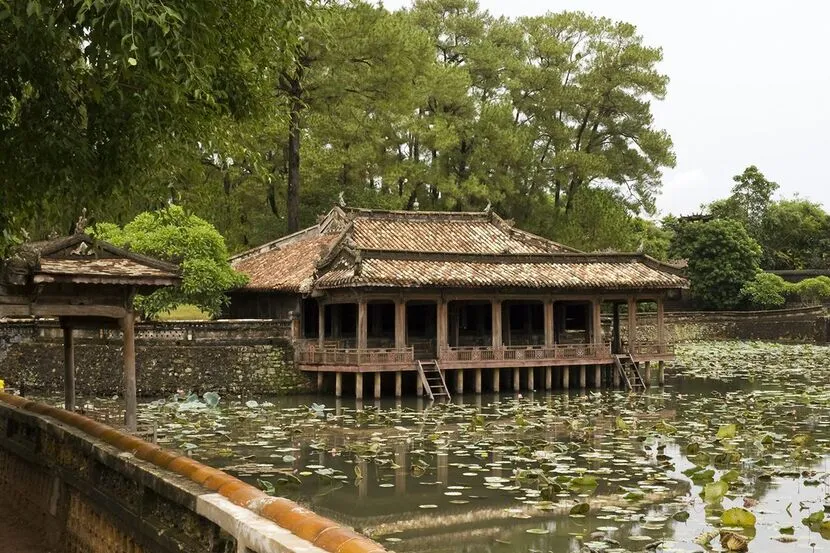
Khiem Cung Ky stele gains many records. The Khiem Cung Ky Stele is a significant ancient Vietnamese artifact. It holds the record for having the most characters (4,935) engraved in the Han characters on both sides. It is also the largest and heaviest stele among those in the mausoleums of the Nguyen Dynasty emperors. Notably, it is the only stele that an emperor personally wrote for himself. In 2015, it was officially recognized as a national treasure of Vietnam.
The Architecture of King Tu Duc's Royal Tomb
Tu Duc's tomb offers a breathtaking view resembling a vast park. Past Vu Khiem Gate, there's a serene area by Luu Khiem Lake where the king used to admire flowers, compose poetry, and read books. The royal tomb's design comprises two main parts, aligned along two parallel vertical axes, with Giang Khiem Mountain symbolizing Tien An (front supporter), Duong Xuan Mountain as Hau Cham (behind supporter), and Luu Khiem Lake representing Minh Duong (the important area receiving the most sunlight).
At the Mausoleum of Emperor Tu Duc, there are perennial streams, whispering pine trees, and melodious birdsong, creating harmonious landscapes. Unlike typical straight and angular roads in other structures, here a charming Bat Trang brick road winds its way from Vu Khiem Gate, passes Khiem Cung Mon, and disappears among the majestic porcelain trees near Queen Le Thien Anh's mausoleum. This artistic blend of human ingenuity with nature results in a poetic and picturesque landscape. Amidst the captivating clouds and fragrant flowers, visitors may forget they are at a tomb and instead feel as if they have stepped into a paradise of plants, poetry, and dreams.

Around 50 structures in the shrine and mausoleum are named with the word "Khiem." When visitors pass through Vu Khiem gate and Son Than shrine, they reach the main road that leads to the shrine area, which was once the king's resting and entertainment place. On the left side, there was Chi Khiem Duong, where the king's wives were worshipped. Further ahead, there are three rows of Thanh stone steps that lead to Khiem Cung Mon, a two-story gazebo-shaped building that stands as the first landmark across from Luu Khiem Lake. Luu Khiem Lake was initially a small stream that was transformed into a lake. It symbolizes a clear path for water collection and happiness, and it's also a place adorned with lotus flowers to create beautiful scenes.
In the middle of the lake, there's Tinh Khiem Islet, featuring flower beds and small caves for rare animal rearing. On Luu Khiem Lake, you'll find Xung Khiem Pavillion and Du Khiem Pavilion, where the king used to come to admire flowers, compose poetry, and read books. Three bridges named Tuan Khiem, Tien Khiem, and Do Khiem cross the lake, leading people to a vast hill of pine trees and a green island filled with the fragrance of flowers and grass. It feels like stepping into a fairy world.
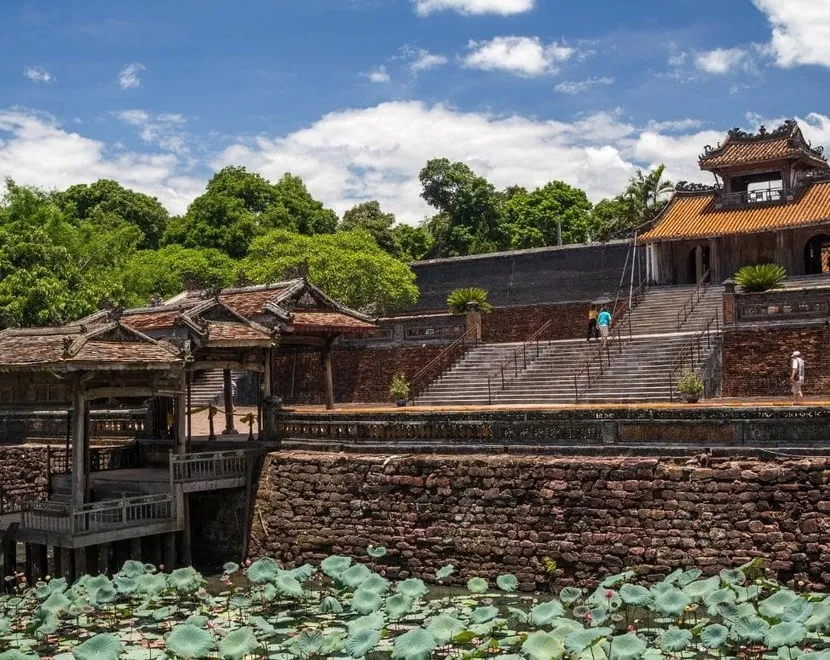
Inside Khiem Cung Mon, there are different areas serving various purposes for the king. In the center, there is the Hoa Khiem palace, where the king used to work, but now it's a place to worship the king and queen. On the left and right sides, you can find Phap Khiem Vu and Le Khiem Vu, who are dedicated to The King's military and intellectual mandarins. Following the Hoa Khiem Palace, there is Luong Khiem Palace, which used to be the king's resting place, but now it is a place of worship for Mrs. Tu Du, who is King Tu Duc's mother. To the right of Luong Khiem Palace, you will find On Khiem Duong, where royal personal belongings are stored. Also, there's the Minh Khiem Theater on the left side of Luong Khiem Palace, where the king could enjoy music performances, and it's considered one of the oldest theatres in Vietnam. From On Khiem Palace, there's a corridor leading to Tri Khiem Vien and Y Khiem Vien, the residences of the king's concubines during his life and after his passing. Next to these areas are Tung Khiem Vien, Dung Khiem Garden, and the king's deer garden.
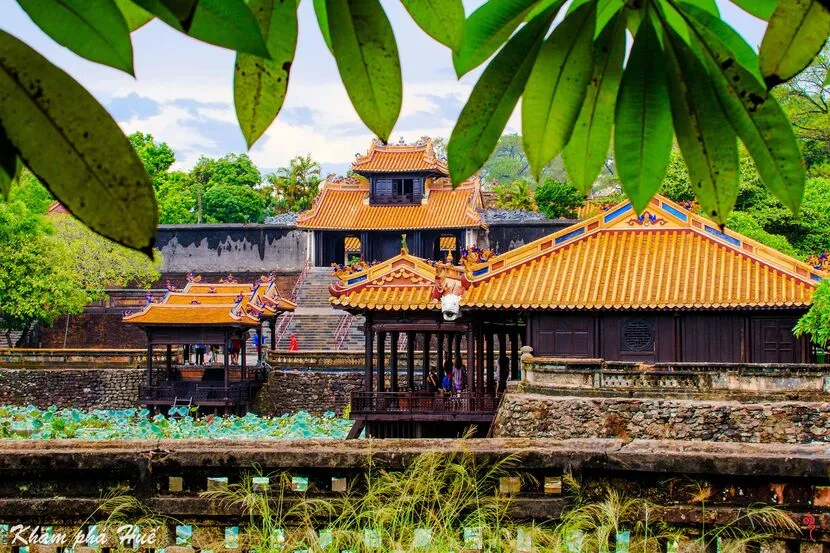
Beyond the king's living area in the palaces, visitors can follow a road to the left that leads to the tomb area. There, they will find Bai Dinh, featuring two rows of majestic statues of martial arts officials. Just behind Bai Dinh, one can see Bi Dinh, where a 20-ton green stone stele is placed. This stele bears the autobiography Khiem Cung Ky, written by King Tu Duc himself. Despite having 103 wives, Tu Duc had no children. He wrote this epitaph instead of the usual Thanh Duc Than Cong stele found in other mausoleums.
The autobiography spans 4,935 words, sharing the king's life, career, risks, and illnesses. With this giant stele, Tu Duc aimed to narrate his story and confess his shortcomings and mistakes. He humbly admitted, "I was not wise in knowing people; using people in the wrong place was also my sin; hundreds of impossible things to do; they are all my sins..." He wanted future generations to assess his merits and faults. Next to the stele are two pillars symbolizing the king's power and virtue. Adjacent to them is the new moon-shaped Tieu Kiem Lake, which holds rainwater for the king's soul's baptism, indicating Tu Duc's readiness to face death. Resting now in a stone house inside Buu Thanh, surrounded by a pine forest, the king might be satisfied with the arrangement and choice of his final resting place.
Artistic Value of King Tu Duc's Tomb
King Tu Duc's Tomb, found in the peaceful surroundings of Hue's ancient capital, is a serene and harmonious place. Situated on the outskirts, it stands out as a unique cultural treasure of Vietnam. Among the seven tombs of the Nguyen kings, it is considered the most beautiful and well-preserved one, recognized as a remarkable masterpiece from the 19th century.
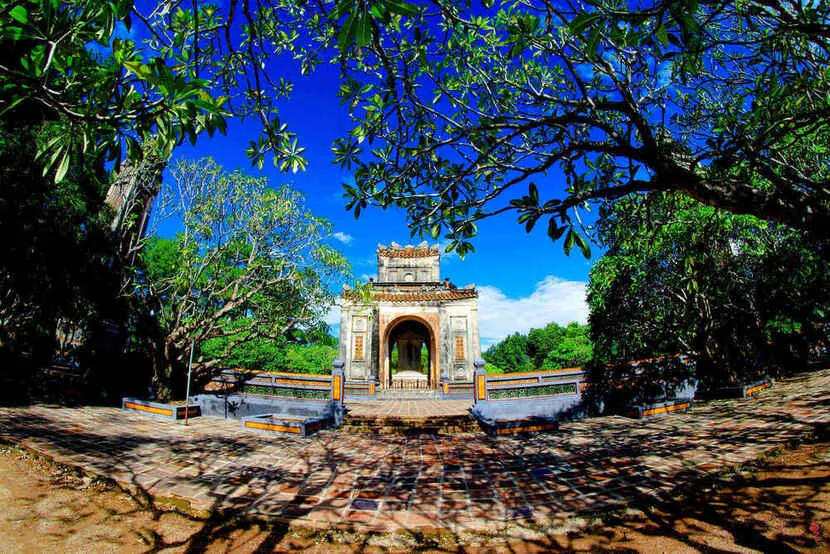
With great values of architecture, art, history, on the occasion of World Tourism Day September 27, 2020, Tu Duc Tomb was the first relic of Vietnam to be selected by Google along with other wonders of the world to be augmented reality (AR) on Google Search.
How to Get to Tu Duc Tomb?
Just about 6 km from Hue city center, King Tu Duc's Tomb is one of the few Nguyen Dynasty mausoleums located near the city center. So you can conveniently get to the mausoleum by vehicles such as taxis, motorcycles, even bicycles if you don't mind the heat of Hue.
If you travel by motorcycle or car, you can move along Bui Thi Xuan street, then Huyen Tran Cong Chua street. When you reach this road, keep going a little further till you reach King Tu Duc's mausoleum.
Emperor Tu Duc’s mausoleum is really worth your visit during your Vietnam trip. Spending 2-3 hours exploring the architecture complex is possible. You also can include Tu Duc’s Tomb instead of other majestic tombs in a full day Hue city tour or Central Vietnam Heritage’s journeys.
We hope the information above has helped you understand more about the mausoleum of Emperor Tu Duc. If you have any further questions, feel free to leave a comment below or contact us via email: [email protected] or WhatsApp: +84 382 536 266 for instant assistance.
Read more related articles:










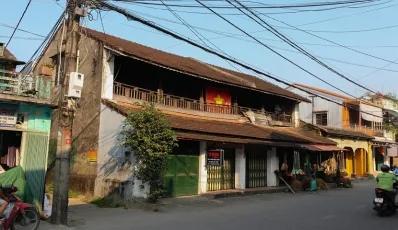

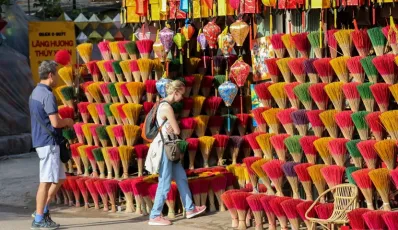


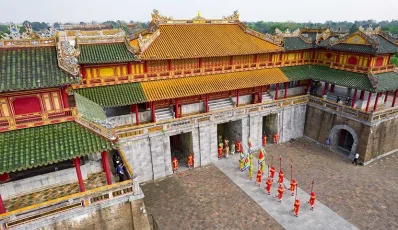





 TRAVELERS' CHOICE 2025
TRAVELERS' CHOICE 2025 


